Alright – so today we’ve got the honor of introducing you to Grace Worley. We think you’ll enjoy our conversation, we’ve shared it below.
Grace, thanks for joining us, excited to have you contributing your stories and insights. I’m sure there have been days where the challenges of being an artist or creative force you to think about what it would be like to just have a regular job. When’s the last time you felt that way? Did you have any insights from the experience?
I graduated college during the peak of the pandemic in 2020 and immediately started my MFA program at Ohio University in the fall. As I was waiting to hear back from the programs I had applied to, I was interviewing with local school districts for teaching positions, and right before one of my interviews, I found out I was accepted to OU. It was a weird feeling because I suddenly didn’t know what I wanted to do. I mostly attribute this to being intimidated by the thought of getting my MFA, but also because I was so excited to begin a career doing what I love the most: teaching art.
Obviously, I ended up moving to Athens, OH, and started another three years of school where you are given the space to be a full-time artist within academia. It wasn’t long before I started wondering if I would be happier if I dropped out. I was pretty miserable, I didn’t feel like myself at all but I knew quitting would make me feel even worse because I always finish what I start. I was aware that my undergrad degree had some holes that I knew an MFA program could fill in terms of what I wanted and needed to be a professional artist. I also went into grad school knowing my practice as an artist was going to be challenged and I was excited to see how it would develop, and there were definitely some ups and downs in that process. Eventually, as I near the end of my fifth semester, I found my way to a practice that feels intuitive, spontaneous, and relevant to contemporary discourse. Even so, as I watch friends in other careers that are seemingly more stable, I have wondered what it would be like to have that routine instead.
In May I was lucky enough to get a job at a local art gallery back home in Akron, OH that is incredibly well-loved amongst the Northeast Ohio community (and beyond), and it was a peek at what it would be like to combine a “regular job” with being an artist full-time. When I left to go back to school for my final year at the end of August, I felt like a completely different person compared to how I felt as a first-year student. As an artist, especially within the competitive nature of grad school, it’s easy to get caught up in the idea of what is considered successful in the art world (having the luxury to be an artist without needing a regular job for example.) I’ve learned that I love making work because I love sharing it with others, and shifting my perspective from traditional ideas of success has changed how I view my practice and I’m much happier and less stressed because of that. I think having a regular job brings a balance to my practice which in turn brings life back into me as an artist to be able to keep growing my practice. Overall, I think my happiness comes from doing what I love and being an artist first, and not necessarily because of the stability of a regular job but that sure does help too.
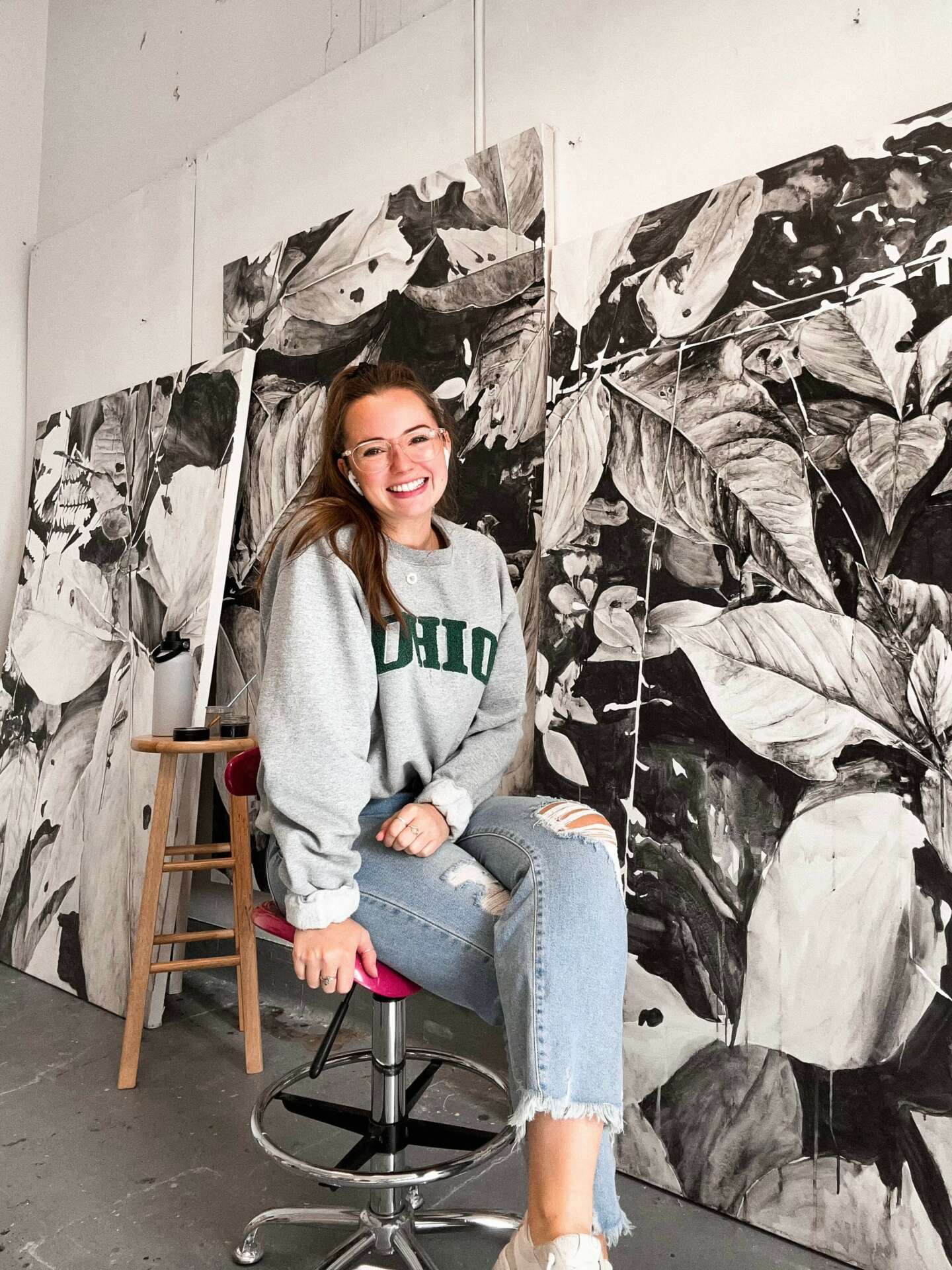
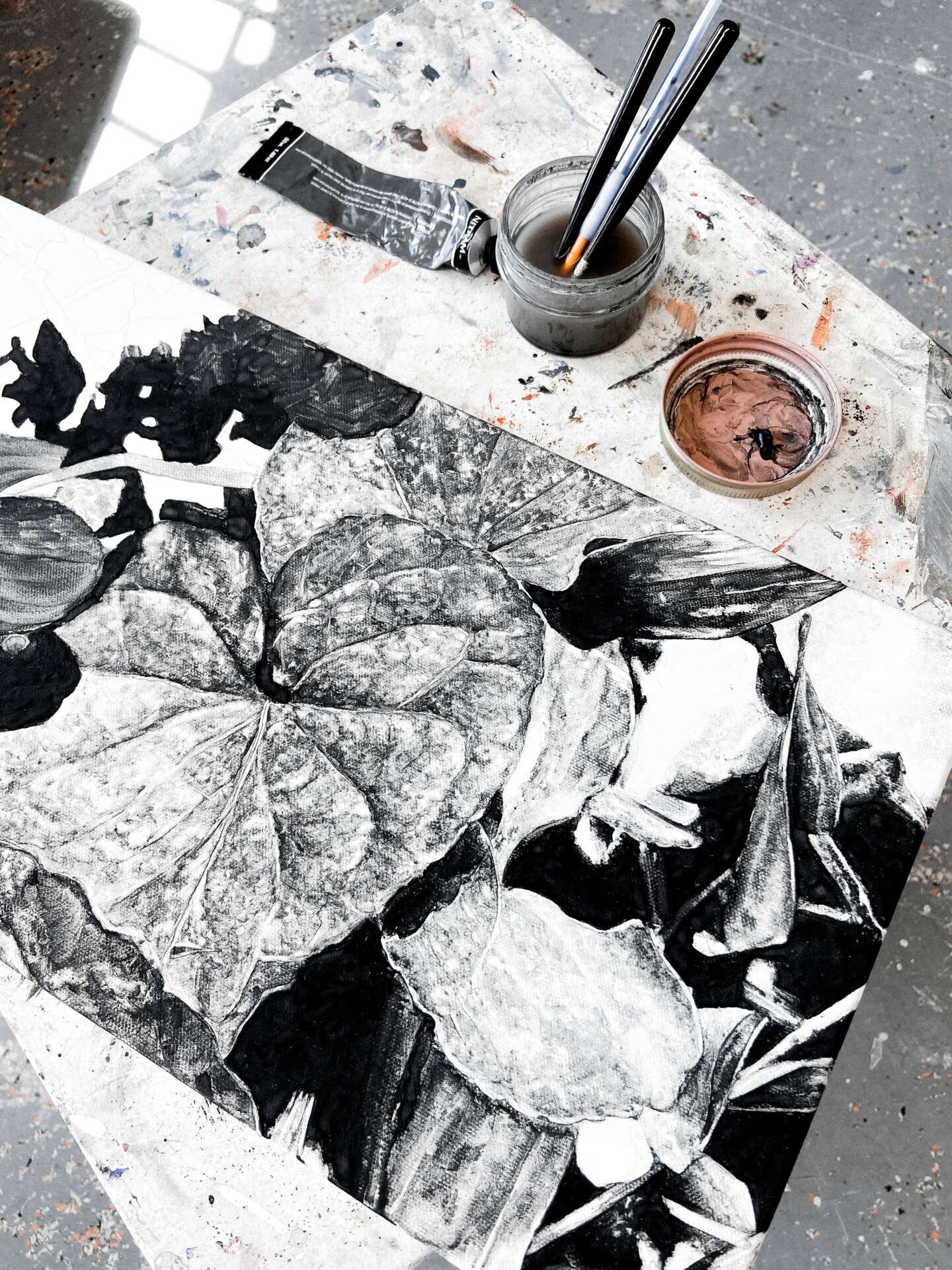
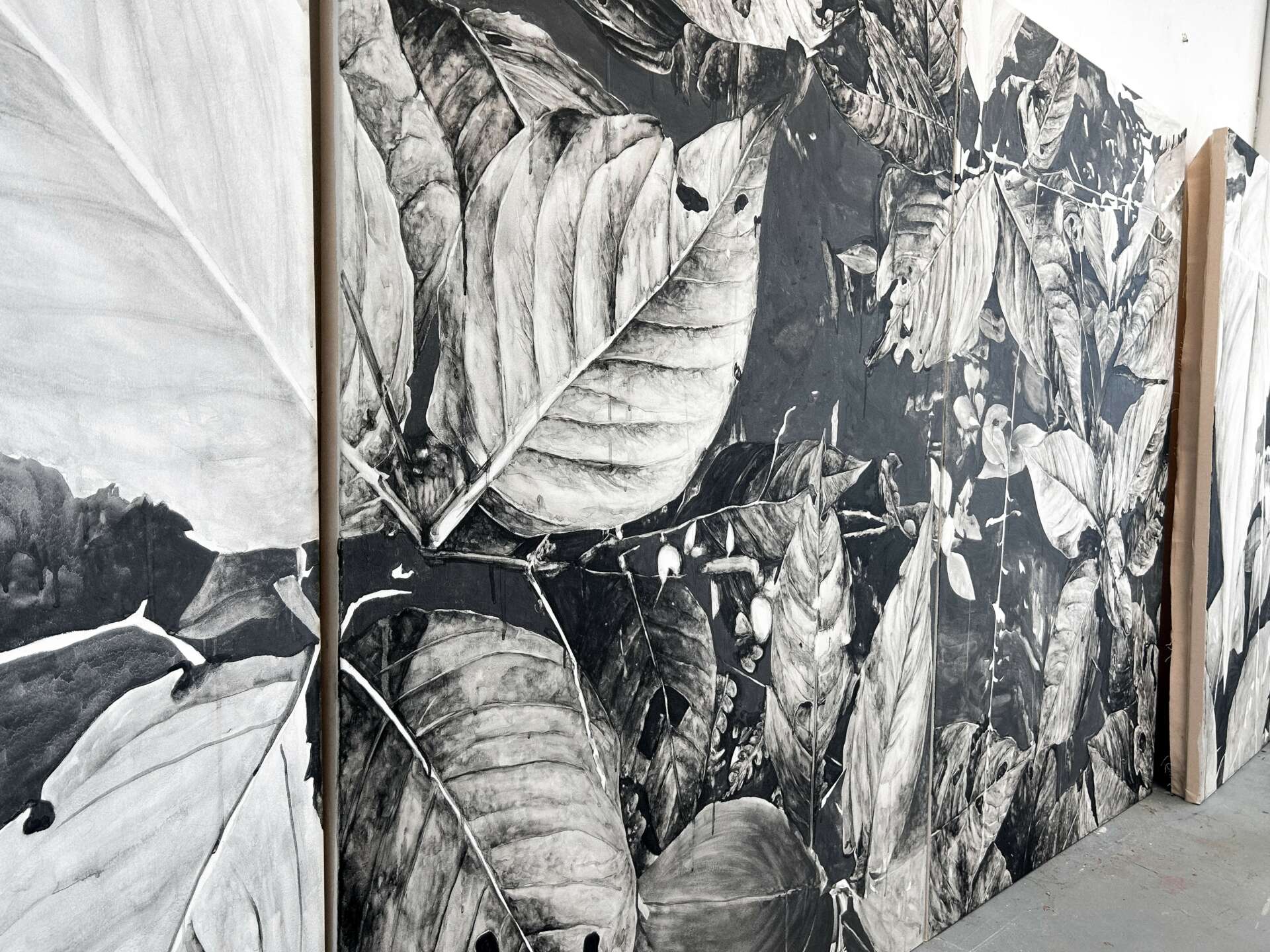
Grace, love having you share your insights with us. Before we ask you more questions, maybe you can take a moment to introduce yourself to our readers who might have missed our earlier conversations?
I work in a hybrid painting/drawing format using liquid charcoal on stretched canvas. My work reflects on the role of art objects within conversations about memory, sentimentality, nostalgia, and specifically, how they can be used to extend dialogue beyond the self through depictions of the natural world based on my changing relationship with the world as we digitize our lives. By visually describing details of places I recall having played a role in my experiences within the natural world, my work brings forward glimpses of reconnection to place as an opportunity for viewers to question or become aware of their changing relationship with natural environments. The process of blending both representation and abstraction through the grayscale of charcoal is intended to give a sense of place, a sense of familiarity, tied to some sense of memory once had with a natural space that has withstood the grip of the technological age.

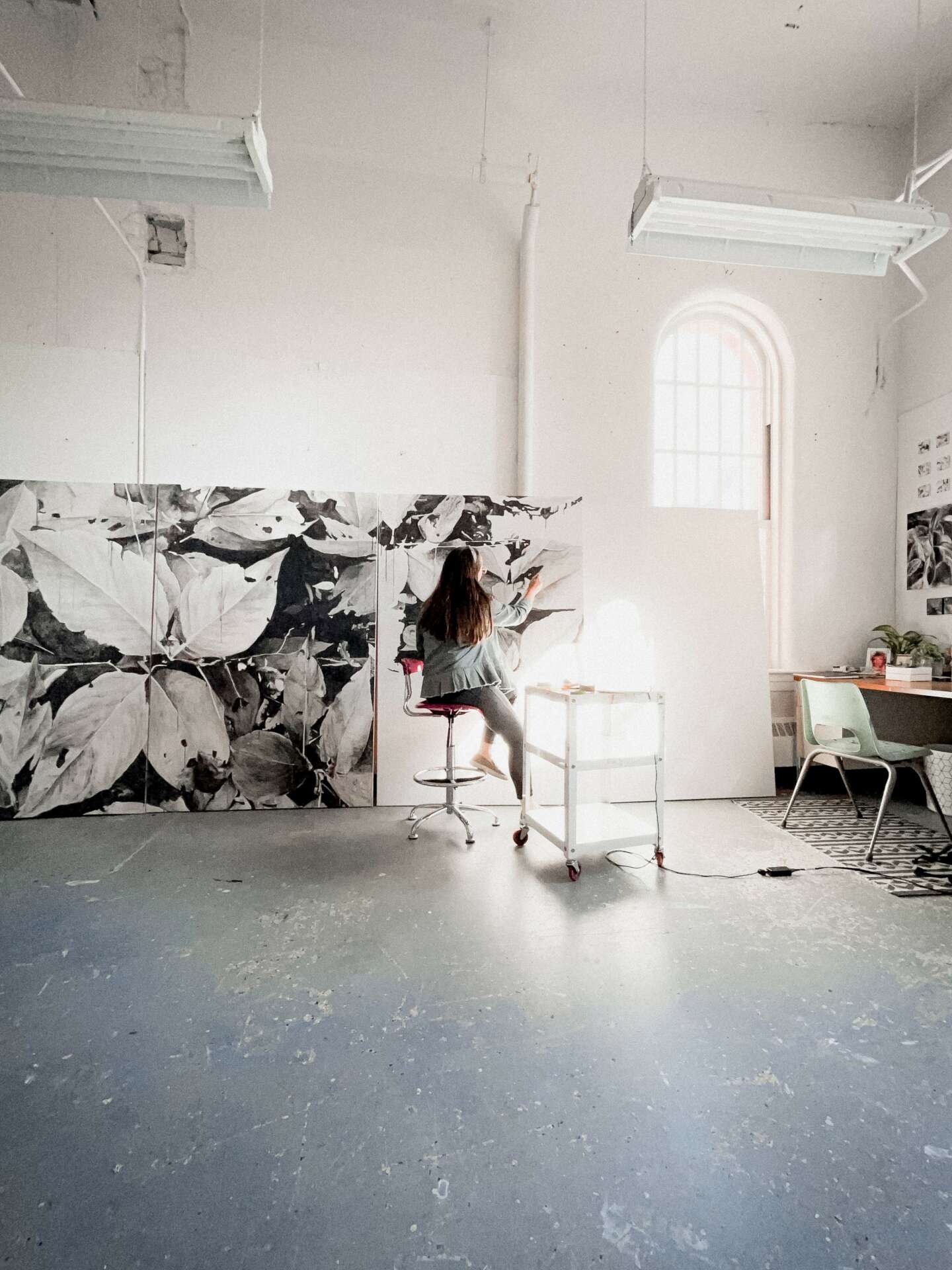

Are there any books, videos or other content that you feel have meaningfully impacted your thinking?
I recently read Jenny Odell’s “How to Do Nothing: Resisting the Attention Economy.” I picked it up as it’s pertinent to my research, but it quickly became one of my favorite books. We have collectively built practically unachievable standards of what it means to be “productive” and if we try to uphold these standards it’s easy to burn out in the process. There’s a feeling of not having enough time in the day or in the week that plagues us, and I have been guilty of falling into that thought process trap as well. I remind myself that there is in fact plenty of time and that artistic processes can be fast or slow or somewhere in between. We’re really hard on ourselves as artists most of the time, and reading this book was a reminder to be nice to yourself and to your practice as well.
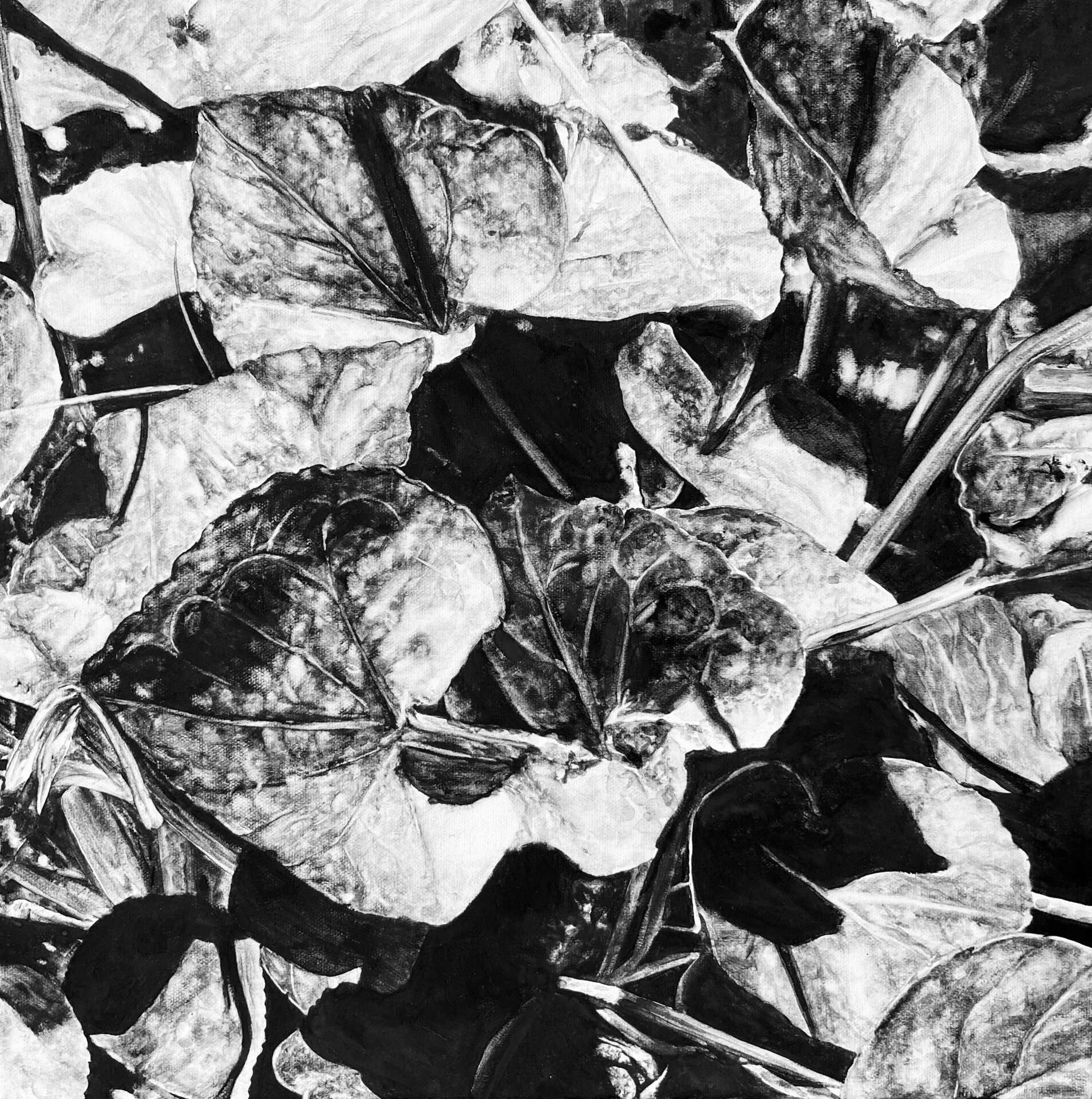
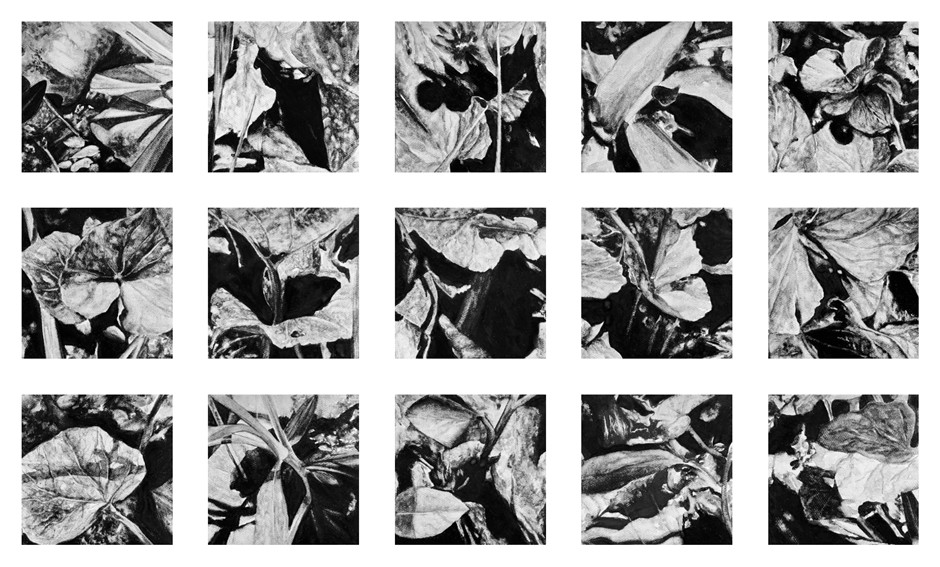
What do you find most rewarding about being a creative?
For me, I love sharing my work with others. My work takes on many different stages from start to finish and most of them I jokingly call the “ugly stage” because it’s somewhere in between the blank canvas and what I envision the final form being. When I finally reach that final stage, I feel accomplished as my work is time-consuming and can take anywhere from days to months to complete. There have only been a few pieces I’ve done that I didn’t want to sell because I loved them so much, but in the end, I ended up selling them because I loved them so much. I find the most rewarding aspect of being an artist is sharing that feeling of loving a work of art and what it means with someone else. I actually don’t like pricing my work because I want anyone to be able to have something that makes them happy when they look at it.
Contact Info:


